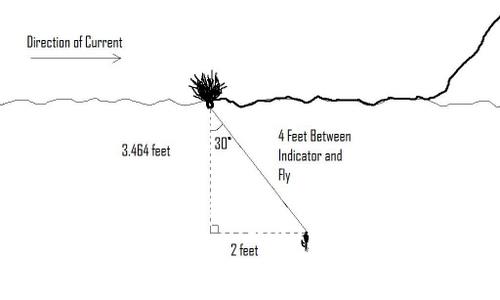On my recent trip to Yellowstone, I was able to get in enough fishing to stay relatively content and yet at the same time enjoy the scenic beauty of the Park, often from behind the lens of my camera. During our stay, many hours were devoted to searching for wildlife and just soaking in the majestic views.
The first full day in the Park involved hot water, perfect timing, and a nice hike that included some amazing wildflower viewing. We had 8 days to enjoy the Park and planned a rather ambitious schedule that would cover all the things we wanted to do and see. Old Faithful was high on the list and an obvious must.
Madison Campground would be our home for the first four nights and it is in relatively close proximity to Old Faithful. We woke up and ate a hearty breakfast during which resident ground squirrels came by to see if they could get a handout. After cleaning up, we headed up the Firehole River. Taking the Firehole River Drive allowed us to explore the Firehole River Canyon with its falls and cascade. The scenery in this short stretch is so much better than on the main road. After completing the drive, we continued on to Old Faithful.
Luck was with us and we found a parking spot relatively close to the viewing area. Noticing large crowds watching expectantly, we hustled over and within 3-4 minutes Old Faithful erupted. On previous trips, I have always arrived shortly after an eruption resulting in long and boring waits. The hot water from Old Faithful provided the perfect opportunity to take pictures.
My camera stayed busy the entire time and throughout the day, capturing incredible views of hot springs, steam vents, and beautifully colored runoff from the geothermal features along the Firehole River.
By this time the constant exposure to the sun, which was more intense than we were used to due to the elevation and dry air, was beginning to take a toll on everyone. Some time in the air-conditioned car searching for wildlife seemed like a great solution. After a quick consultation, it was unanimously agreed on to head for the Gallatin River and maybe find a good hike if the afternoon cooled off any.
We drove down the Gallatin and eventually made it outside of the Park into Montana. The beautiful Gallatin River canyon kept drawing us on but eventually we realized that this was a drive that could go on indefinitely and turned back towards the Park. By now, clouds were blocking at least some of the sun's intensity. The cooler temperatures drew us out of the car and up the Fan Creek Trail in a bid to finally discover some interesting wildlife.
Up to this point, elk, pronghorn, and the ground squirrels were the only interesting animals discovered. The wild flowers were absolutely gorgeous though and soon interrupted us from our main goal of finding wildlife. At Fan Creek, I wet a line for a few minutes but soon decided to head back down the trail as everyone else was not too interested in watching me fish for hours.
As we headed into an area of dense timber, a rustle quickly brought us to a halt. With itchy trigger fingers searching for the bear spray, we soon discovered the culprit. A mighty chipmunk was posing on a nearby log. Soon my new zoom lens was on and being put to good use. All too soon the little creature decided that enough was enough and headed for the safety of a hole in a rotten stump. The remainder of the hike back was uneventful and we returned to our search for wildlife.
Driving downstream again, we found nothing more in the way of wildlife but did find some more picture worthy wildflowers. The late afternoon sun briefly lit up the whole valley for a stunning scene, but all too soon the light faded as the clouds returned. Tired from such a packed day, we headed back to camp for a hot meal and bed. The next day promised to be as busy as the first...




















































